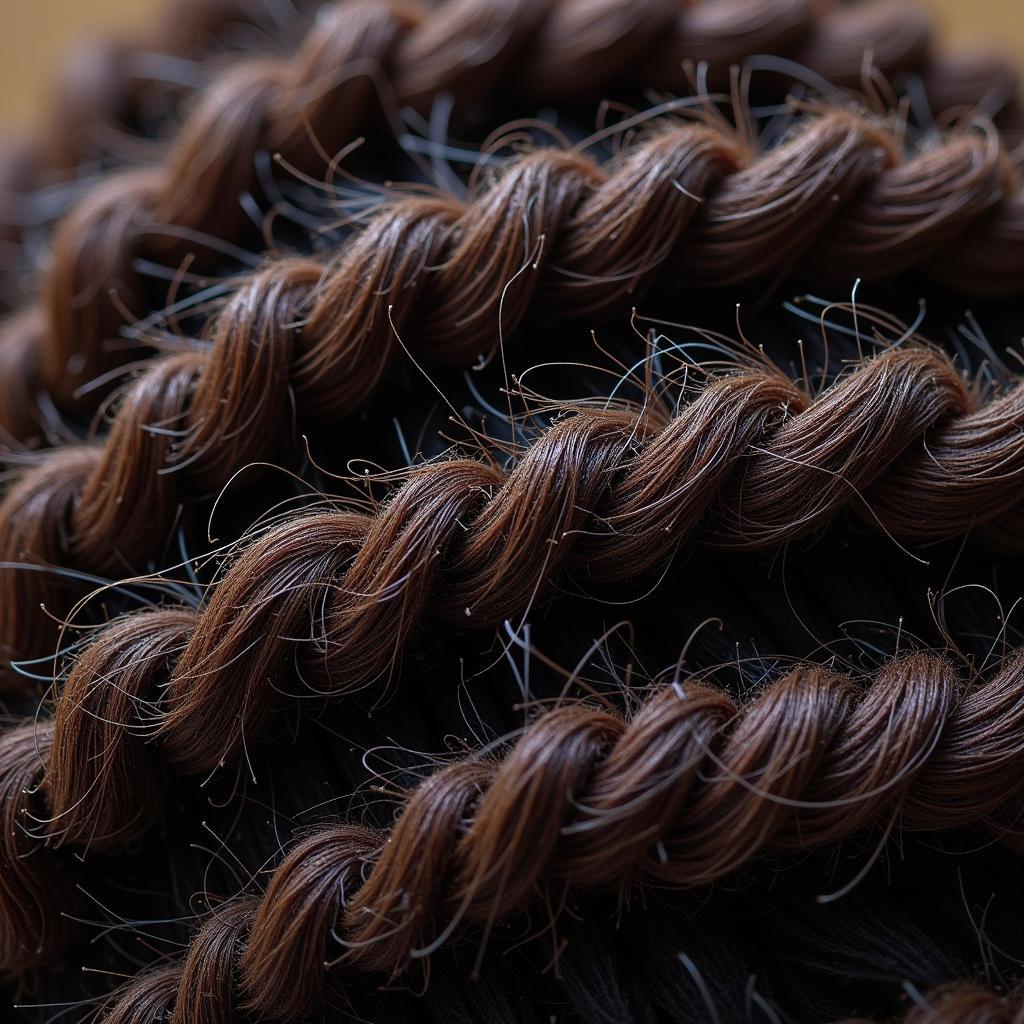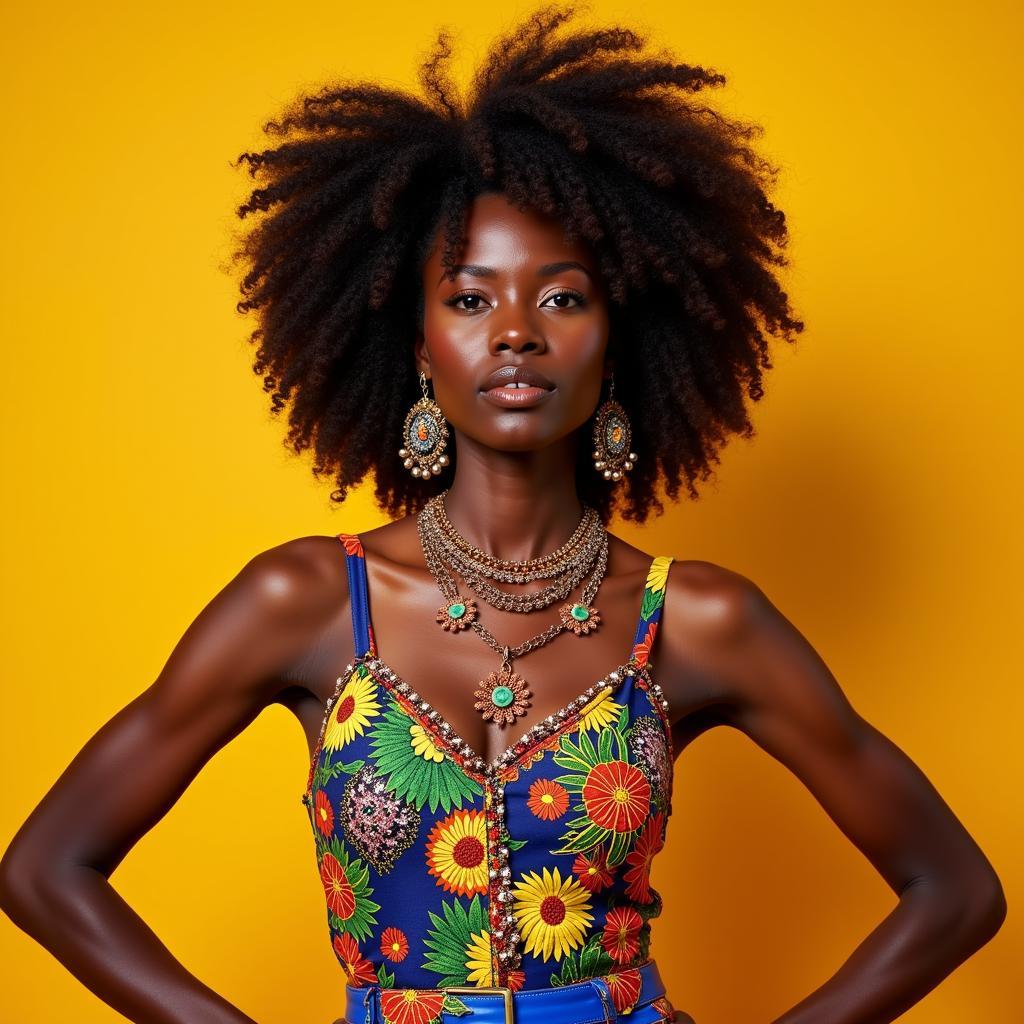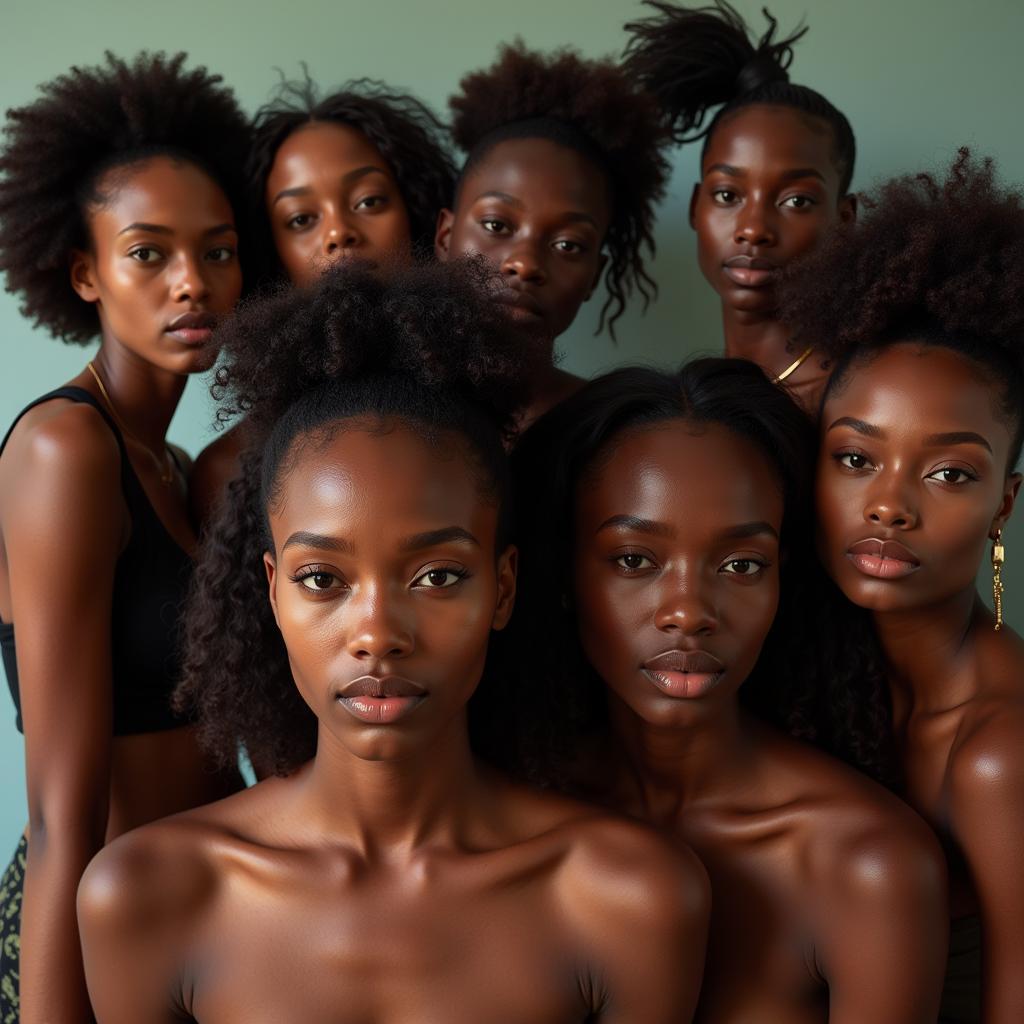Exploring the Vibrant World of African Cloth Styles
African Cloth Styles are a captivating reflection of the continent’s rich cultural heritage, showcasing a diverse tapestry of traditions, artistry, and creativity. From the intricate patterns of kente cloth to the bold colors of Ankara, African textiles tell stories, express identities, and connect generations. This exploration delves into the mesmerizing world of African cloth styles, uncovering their history, significance, and contemporary evolution.
African clothing styles offer a unique lens through which to understand the continent’s diverse cultures.
A Journey Through Time: The History of African Textiles
African textile traditions have deep historical roots, dating back centuries. Evidence suggests that indigenous communities across the continent developed sophisticated weaving and dyeing techniques long before external influences. For example, archaeological finds in Egypt have unearthed fragments of linen dating back to ancient times. The trans-Saharan trade played a significant role in the evolution of African cloth styles, introducing new materials like silk and cotton, and facilitating the exchange of techniques and designs. Over time, distinct regional styles emerged, each reflecting the unique cultural identity of its people.
The Significance of Symbols and Colors
Beyond their aesthetic appeal, African cloth styles often carry profound symbolic meanings. Specific patterns and colors can represent social status, clan affiliation, historical events, or spiritual beliefs. For instance, the Adinkra symbols of the Akan people of Ghana convey proverbial wisdom and philosophical concepts. The vibrant colors often employed in African textiles also hold symbolic weight. Red, for example, can represent power and vitality, while white may symbolize purity and peace. Understanding these symbolic layers adds a deeper dimension to appreciating African cloth styles.
From Traditional to Modern: The Evolution of African Cloth Styles
While deeply rooted in tradition, African cloth styles are not static. They continue to evolve, adapting to contemporary trends and influences. Modern African designers are pushing creative boundaries, blending traditional techniques with modern aesthetics to create innovative and captivating designs. This fusion of old and new has led to the emergence of exciting contemporary African fashion scenes in cities like Lagos, Nairobi, and Dakar.
African clothing styles 2019 showcases the dynamic nature of these textiles, constantly evolving and inspiring new trends.
Popular African Cloth Styles: A Glimpse into Diversity
The sheer diversity of African cloth styles is breathtaking. From the intricate tie-dye techniques of Adire in Nigeria to the vibrant woven Kente cloth of Ghana, each style offers a unique expression of creativity and cultural heritage. Other notable styles include the Bogolanfini mud cloth of Mali, the colorful Shweshwe prints of South Africa, and the elegant Aso Oke fabric of Nigeria, frequently used in ceremonial attire. Exploring these diverse styles reveals the depth and richness of African textile traditions.
Embracing African Cloth Styles in the Global Fashion Landscape
African cloth styles have gained increasing global recognition, influencing fashion trends worldwide. From high-fashion runways to everyday street style, African textiles are being embraced for their vibrancy, originality, and cultural significance. This growing appreciation has created new opportunities for African designers and artisans, empowering them to share their creativity and heritage with the world.
African clothes styles 2015 demonstrates the enduring appeal of these styles, continuing to captivate and inspire fashion trends.
What are some common uses for African cloth?
African cloth is used for a variety of purposes, including clothing, accessories, home decor, and art.
How can I incorporate African cloth into my wardrobe?
You can incorporate African cloth into your wardrobe by choosing garments made from these fabrics, such as dresses, skirts, shirts, or accessories like scarves and headwraps.
In conclusion, African cloth styles are more than just fabrics; they are vibrant expressions of culture, history, and artistry. From their deep historical roots to their contemporary evolution, these textiles continue to captivate and inspire. Exploring the world of African cloth styles is a journey of discovery, uncovering the rich tapestry of traditions and creativity that define the continent’s cultural heritage. Embrace the beauty and significance of African cloth styles and celebrate the vibrant legacy they represent.
FAQ
-
What is Kente cloth? Kente is a vibrantly colored, handwoven cloth originating from Ghana.
-
What is Adire? Adire is a Yoruba tie-dye textile, produced in southwestern Nigeria.
-
Where can I buy authentic African cloth? You can find authentic African cloth online, in specialty stores, and during travels to African countries.
-
How can I care for African cloth? Care instructions vary depending on the fabric type. Consult the seller or manufacturer for specific guidelines.
-
What are some popular African print designs? Popular designs include Ankara, Kitenge, and Dashiki prints.
What other questions do you have about African cloth styles? Are you interested in learning more about specific regions or textile traditions? We welcome you to explore further and delve deeper into the fascinating world of African textiles.
African clothing styles for toddlers
African clothes changer simple
When you need assistance, please contact us:
Phone: +255768904061
Email: kaka.mag@gmail.com
Address: Mbarali DC Mawindi, Kangaga, Tanzania.
We have a 24/7 customer service team.


